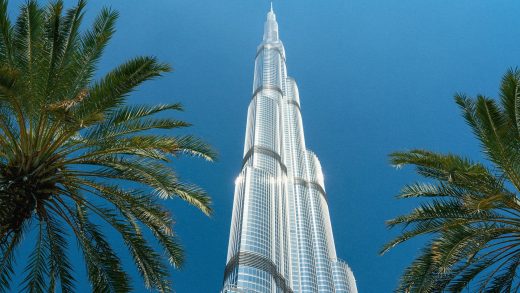Why you should look down—not up—when you’re near a skyscraper
August 12, 2024
Why you should look down—not up—when you’re near a skyscraper
The landscape around skyscrapers is helping supertall buildings become part of the city.
BY Nate Berg
When it comes to the world’s tallest buildings, the tendency is to look up. Skyscraping giants are redefining city skylines around the world, from New York to Shanghai to Jeddah. But for all their grandeur and engineering prowess and hubristic height, these towers have only so much impact at their peaks. To understand the role tall buildings play in cities, it’s actually more useful to look down at where they connect to the ground and the thousands of people who use them every day.
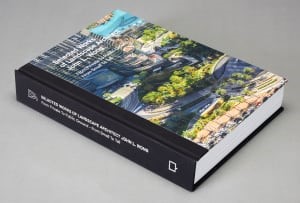
That’s the argument in a new book from landscape architect John L. Wong, the designer behind the landscapes of dozens of the tallest skyscrapers in the world. In Selected Works of Landscape Architect John L. Wong: From Private To Public Ground, From Small To Tall, he makes the case that the grounds around these tall buildings are increasingly key to their success.
Through a five-decade career at SWA where he’s now managing principal, Wong has designed landscapes for the tallest building in the world, the Burj Khalifa, in Dubai, and the half-built Jeddah Tower in Saudi Arabia that will soon be even taller. In total, he’s designed skyscraper landscapes for nearly 100 towers around the world, including 12 of the 100 tallest, and he says they can only be successful when they’re as interesting on the ground as they are in the sky.
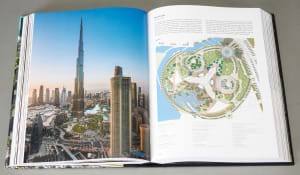
“It’s not just the tower and the height, but it’s the sheer design relationship to the ground,” Wong says.
Burj Khalifa, for example, was designed not just as a recognizable structure, but a kind of magnet for a new downtown development in Dubai. The landscape around the massive building was designed to create an entry to the building and an area where people could meet and interact, where they could shop and recreate, and where they could engage with the growing city beyond. Balancing economic development, public space, ecology, and the environmental demands of the building’s infrastructure, the landscape around the base of the tower brings people in and connects them to the city once they leave. “So we’re able to stitch this all together and create a place,” Wong says.
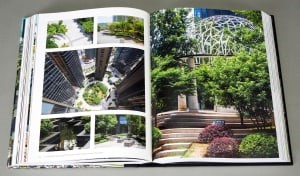
It’s an approach that has evolved along with skyscrapers themselves. Wong, who began working on tall tower projects in the 1970s, says skyscraper landscapes were mostly an afterthought in the early days.
“In the ’70s and ’80s when developers would buy a piece of land, they wanted to develop everything up to the edge of the sidewalk. The building footprint just plopped right down. So the public realm was just the sidewalk,” he says. “Now some cities are much, much, much more sophisticated.”
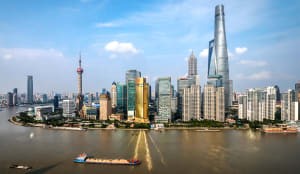
More modern zoning requires tall buildings to add more back to the city, from public plazas to street trees to outdoor furniture. As tall towers went from being either simply offices or housing to a more varied mix of uses including retail, hospitality, and cultural spaces, Wong says landscape architects were called up to turn skyscraper landscapes into places that could pull people in.
Working with architecture firms like Skidmore, Owings and Merrill, Adrian Smith + Gordon Gill, and Kohn Pedersen Fox, the areas around the bases of these tall towers are becoming more integrally connected to the architecture. The city block-sized land around the base of the Shanghai Tower, the tallest building in China, was made partly into a public park. The water features around the base of the Burj Khalifa recycle water from the building’s cooling systems, processing it on site and reusing it to irrigate landscaping in its public spaces.
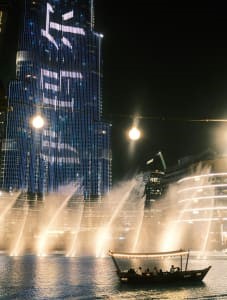
“I think all these buildings will continue to play a prominent role in terms of creating a place for the city. The height of course is very iconic, especially if it’s designed beautifully. But more importantly the ground, when it’s designed appropriately, can have amenities, places for people to come to,” Wong says.
He says this way of designing the landscape in conjunction with the buildings will remain relevant, no matter how tall buildings get. “Because of the technology and the engineering, we’ll continue to do tall structures and they will get even taller,” Wong says. “On the groundscape, the way you design to connect to the rest of the city will be even more important.”
ABOUT THE AUTHOR
(11)

